Setting Up Guided Math Kindergarten-5th Grade
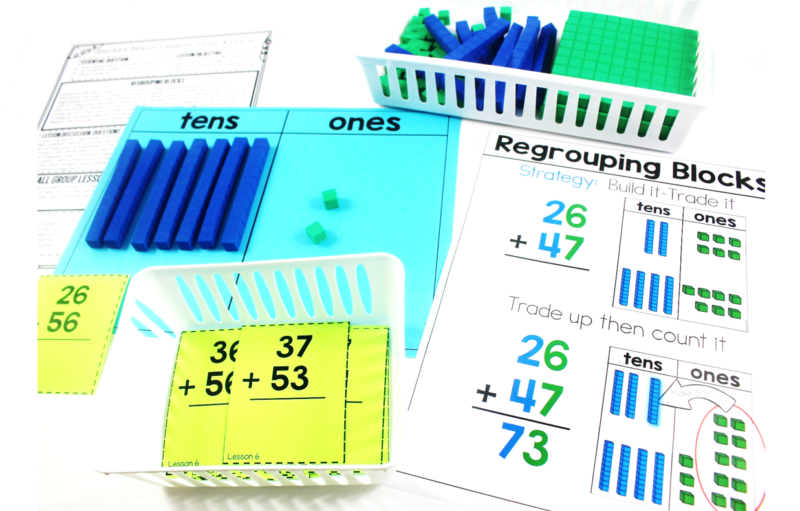
Setting up Guided Math in K-5
Implementing the guided math structure in a math block can feel overwhelming at first. Where do I start? What must be in place for implementation and what comes later? Why does my structure differ from the teacher next door? Is one of us right and one of us wrong? During the summer I receive lots of wonderful messages, emails, and questions asking for the essentials. I hope this blog post on setting up guided math can lay this out for you and give you that reassurance that you are ready for your best year of math yet!
Contrary to popular belief, you do not have to have it all figured out on day 1. In fact, you will probably change a lot of your plan as you launch and see how students respond. For this reason, your guided math could, and probably should, not look exactly like the teacher next door’s guided math. While we may plan to do things like our teacher BFFs, it’s ok if that plan shifts along the way!
Let’s talk about a few things to have in place from the beginning.
Of course, we want to put a high priority on setting expectations from the beginning with a signal, voice level explanations, and clean-up procedures, but my main tip here is that the higher and more strict your expectation, the better behavior you will demand and get back from students. This is not done in a mean or ugly tone, but rather the opposite. Letting students know that this part of the day is a HUGE DEAL and you can’t wait to get into it with them is key. If you treat the math block as the holy grail of privileges that they must earn, they will too! Think about those professors or teachers you have had in your life that just demanded MORE from you. You wanted to please them and to make them proud. How can you make it so students want to give you just a little more in a positive way?
What if students are not meeting expectations?
If something isn’t done right, it’s not time to get mad or get ugly. It’s time to close that choice or rotation and reteach it. If the expectation isn’t reached, we don’t do it until we try again and prove that we can do more. I know we could discuss the ins and outs of this for days. What if it is just one student out of compliance? (Remove the student from the activity and enforce a consequence after two removals.) What if students aren’t buying in? (Take a look at the activities you are providing. Are they engaging and appropriate to the level of your learners?) Sprinkle in the magic to make it fun and engaging.
One thing that can bring the most peace to both teacher and students is a consistent management system. Whether you like a good wall rotation chart or you like to get techie with your darn self, having a clear consistent rotation system will calm the chaos providing a structure to take the pressure off of you being able to direct the orchestra of the guided math block. In order to implement a structure, you do need to make some decisions. This is why I don’t start my students on the system until we are at least 3 weeks into learning each station and its expectations. My teacher goal in the launch phase is to get students up to standards so they can transition into the system that I have planned. Here are examples of three systems I have used over the years.
Editable Math Stack Rotation Timer
Content vs. Launching
How do we juggle all this setup and training with content? We don’t want to get behind on the important and never ceasing introduction of new math information, yet we need time to learn, practice, and apply the components and rotations for the guided math block. The way that I have handled this issue is to begin the math block as you normally would. Start with your math warm-up (number talk or problem of the day) and then move into your whole group math mini-lesson. From there I decide if there is any guided practice or independent practice that I want students to complete on the lesson. Because it is the beginning of the school year and attention spans are not the highest they can be yet, I typically complete this in less time than expected. This allows me to use the remaining 20-30 minutes to practice our rotation expectations for the day. Until I have taught and practiced each rotation choice I am introducing, I use this structure each day. Begin with your regular content and then practice and explore each rotation as students reach expectations.
Here is a free downloadable breakdown of the guided math resources I have for K-4. (5th is coming in November) In this guide, you will also find a free launch guide to help you implement!
One staple in the guided math block is a math warm-up. This serves two main purposes. One is to review and apply the math learning in new ways. Second, this math warm-up allows students to share the process of problem solving and strategizing with teacher and classmates. A math warm-up or number talk is about the process of solving over just having a correct answer. Being able to share your thinking and math process is key. For grades 3-5 a problem of the day format also adds a layer of test prep to the process which can be beneficial as students must show mastery in the abstract world of testing.
For the K-2 crowd (as well as 3-5) a fun mixture of math warm-ups hitting on a multitude of skills for problem solving.
Choosing the right rotation choices
Through my career, I changed the types of activities that I had out during rotations. I spent years in a math menu self-pacing structure with 10 different activity choices, then went in the opposite direction with half as many choices, and a more rigid structure of rotation choice. This was not because my philosophy of teaching changed, but because the make up of students and needs changed within my classroom walls. To shed more light on rotation structure and choice, I have two blog posts that can help!
Math Rotation Choices Post
Scheduling your Math Block
Why do we spend so much time setting up?
Setting up Guided Math K-5 is a lot of work at the beginning, however, as with most procedures in the classroom, once established, you will be reaping the benefits for weeks and months to come. You start out slow, but soon enough, you will be ending fast. Establishing the routine now will ensure that later on the main focus is just content. The ultimate goal of setting up Guided Math is for students to move from dependent thinkers to independent thinkers in a risk-free environment. We work to set up a system where students can actively learn and explore math while we are working one-on-one or in small targeted math groups with learners to help take their math understanding to new higher levels. Ultimately, Guided Math is used so we teachers can differentiate the content to all our learners. So our most struggling learners feel successful and gain confidence while our high achievers feel mentally stimulated and challenged. Once we have set up the Guided Math foundation in our classroom, then we can teach the content and reach our learners.
Kindergarten Guided Math Bundle
First Grade Guided Math Bundle
Second Grade Guided Math Bundle

 Contact Us
Contact Us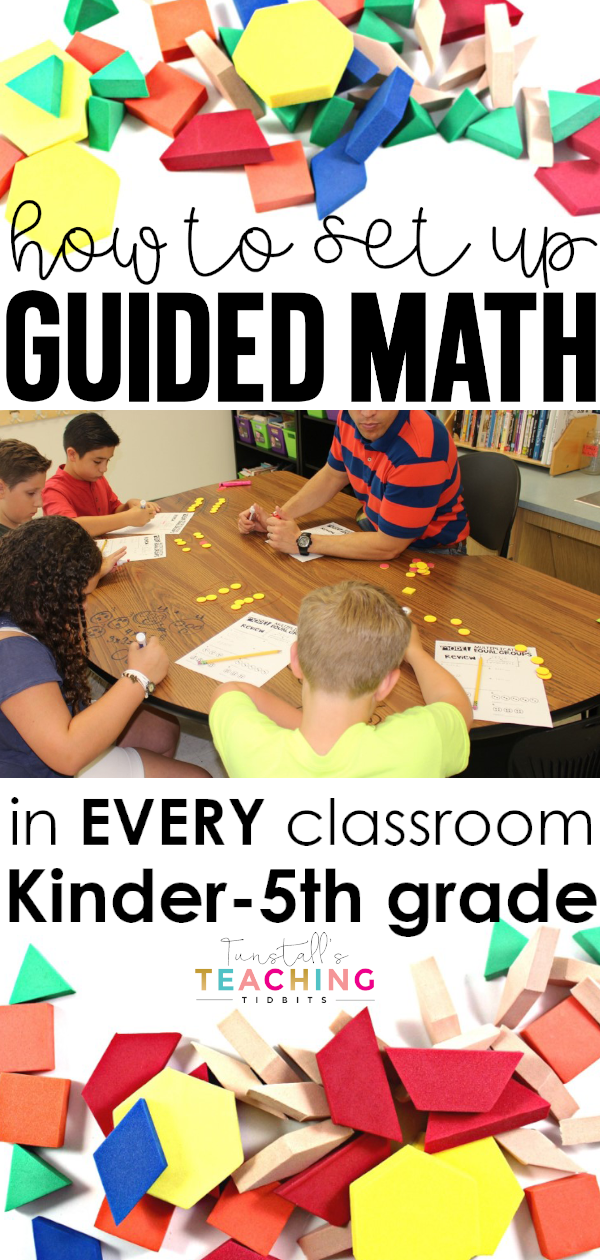















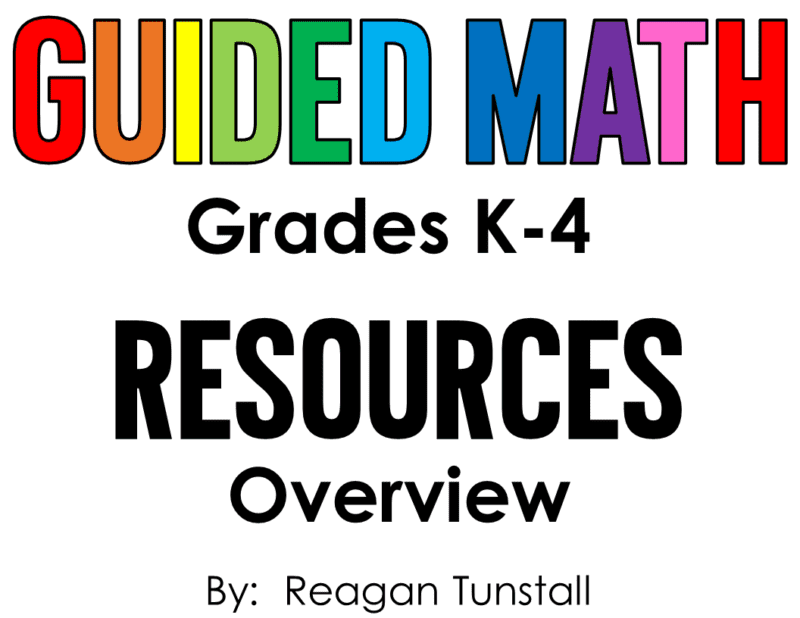






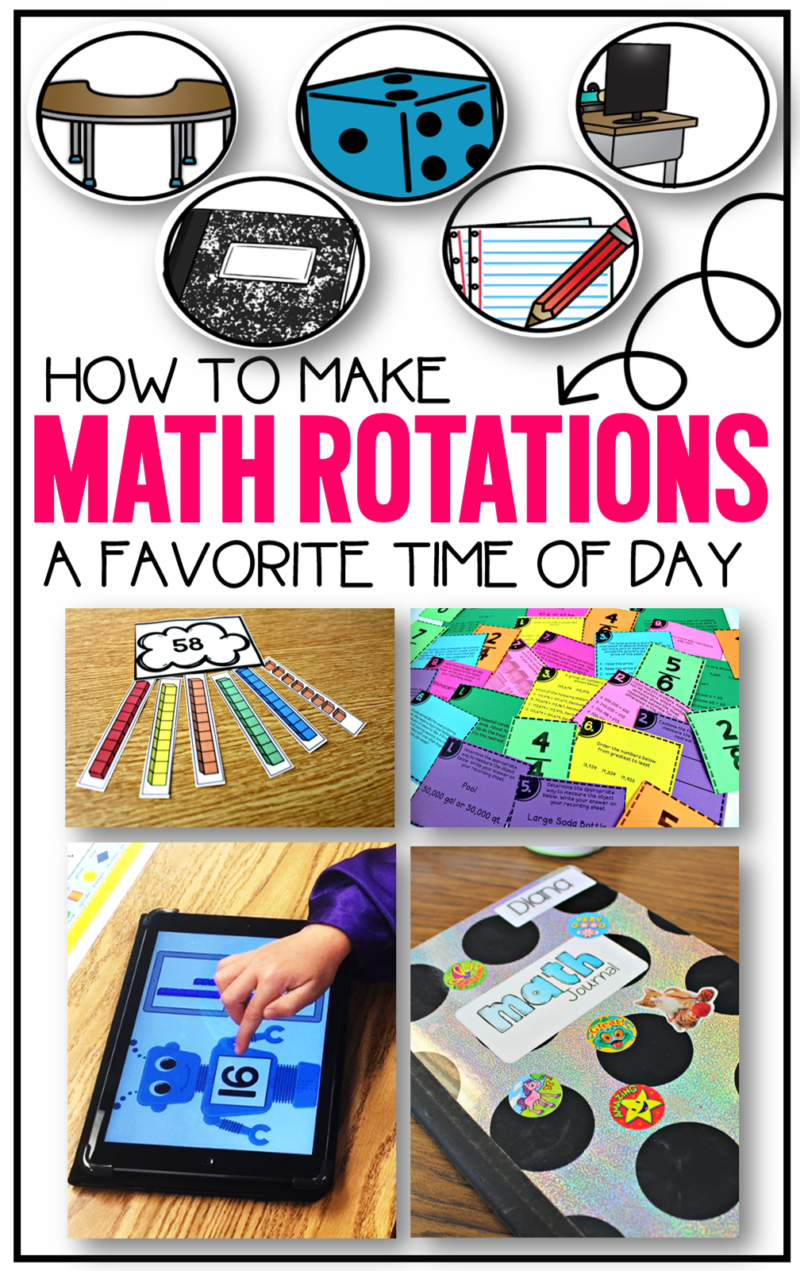
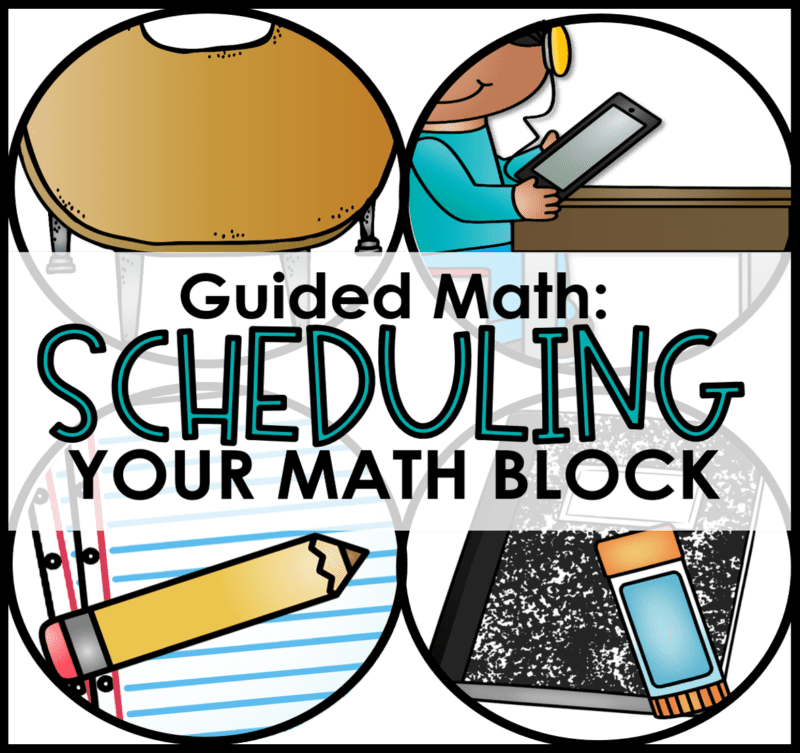
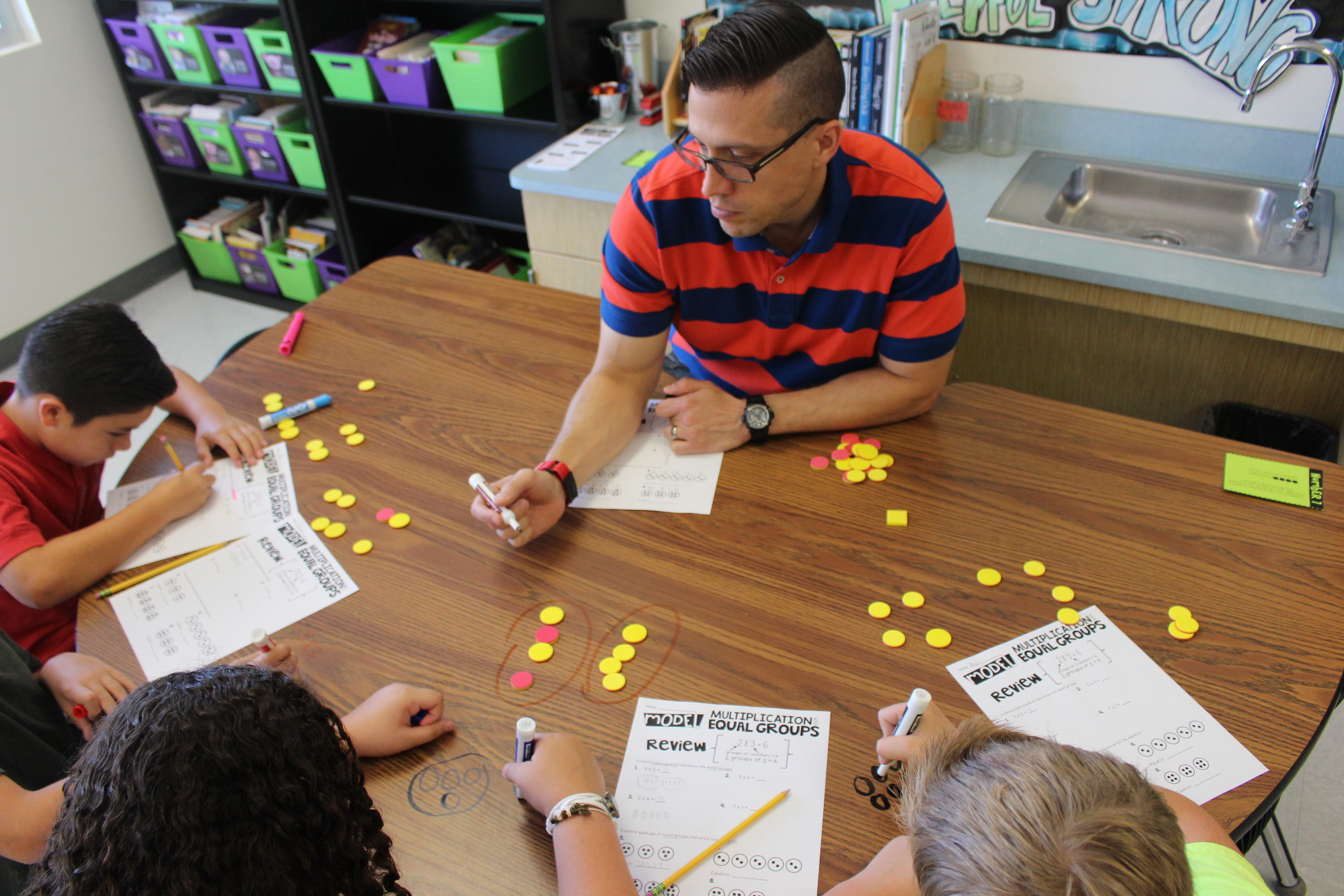
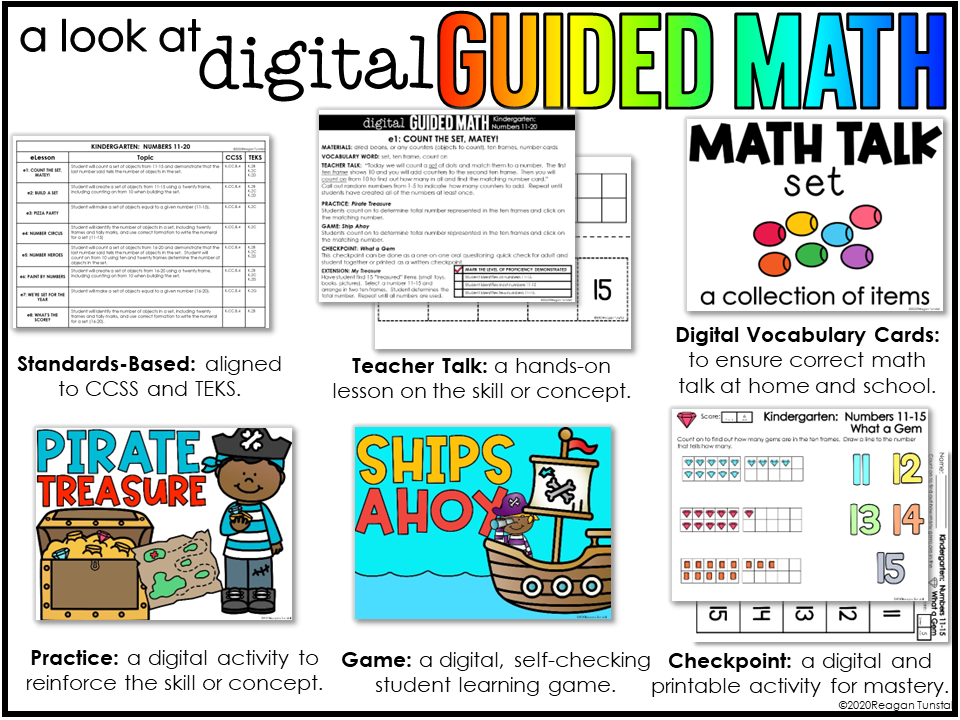
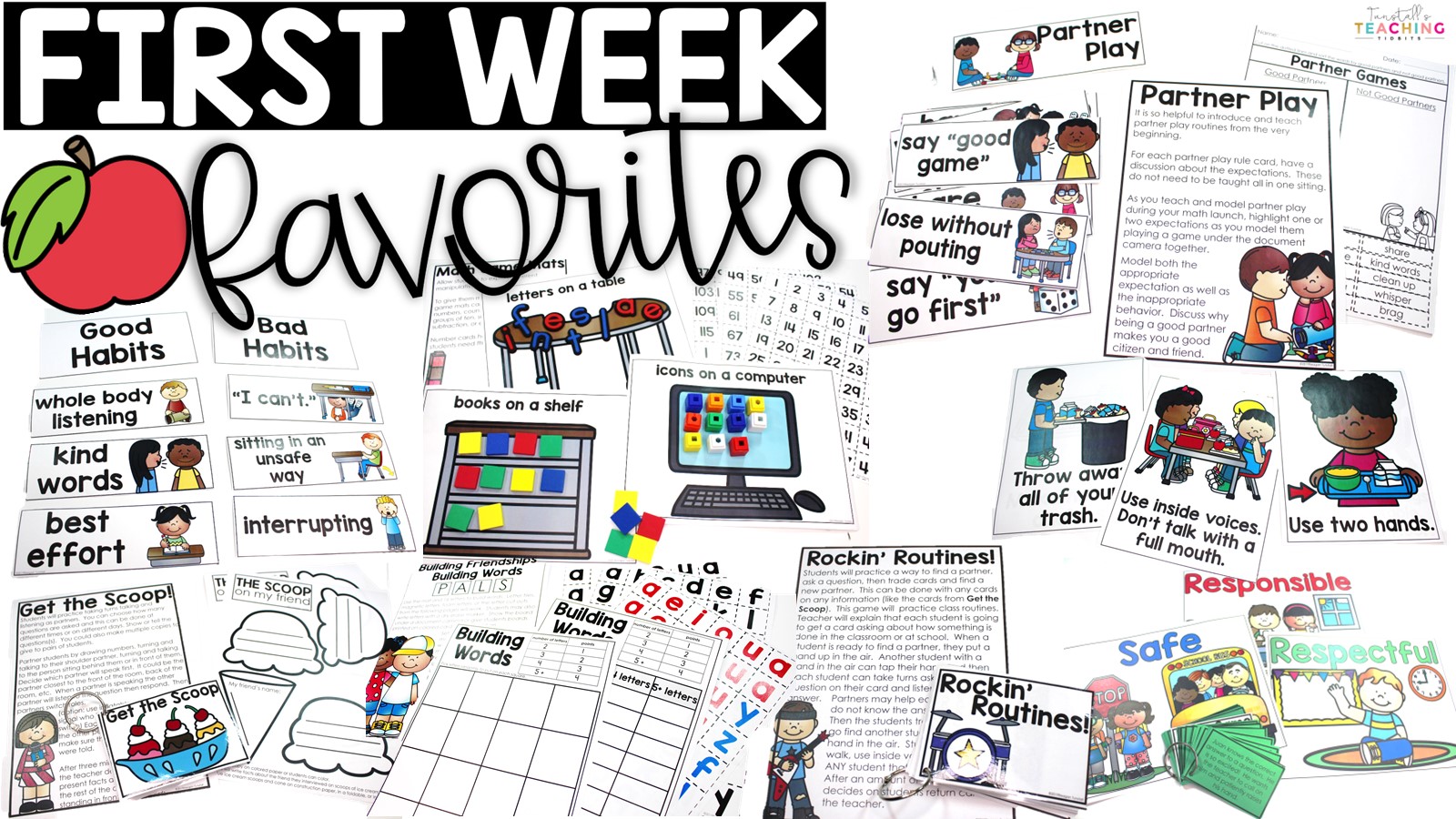
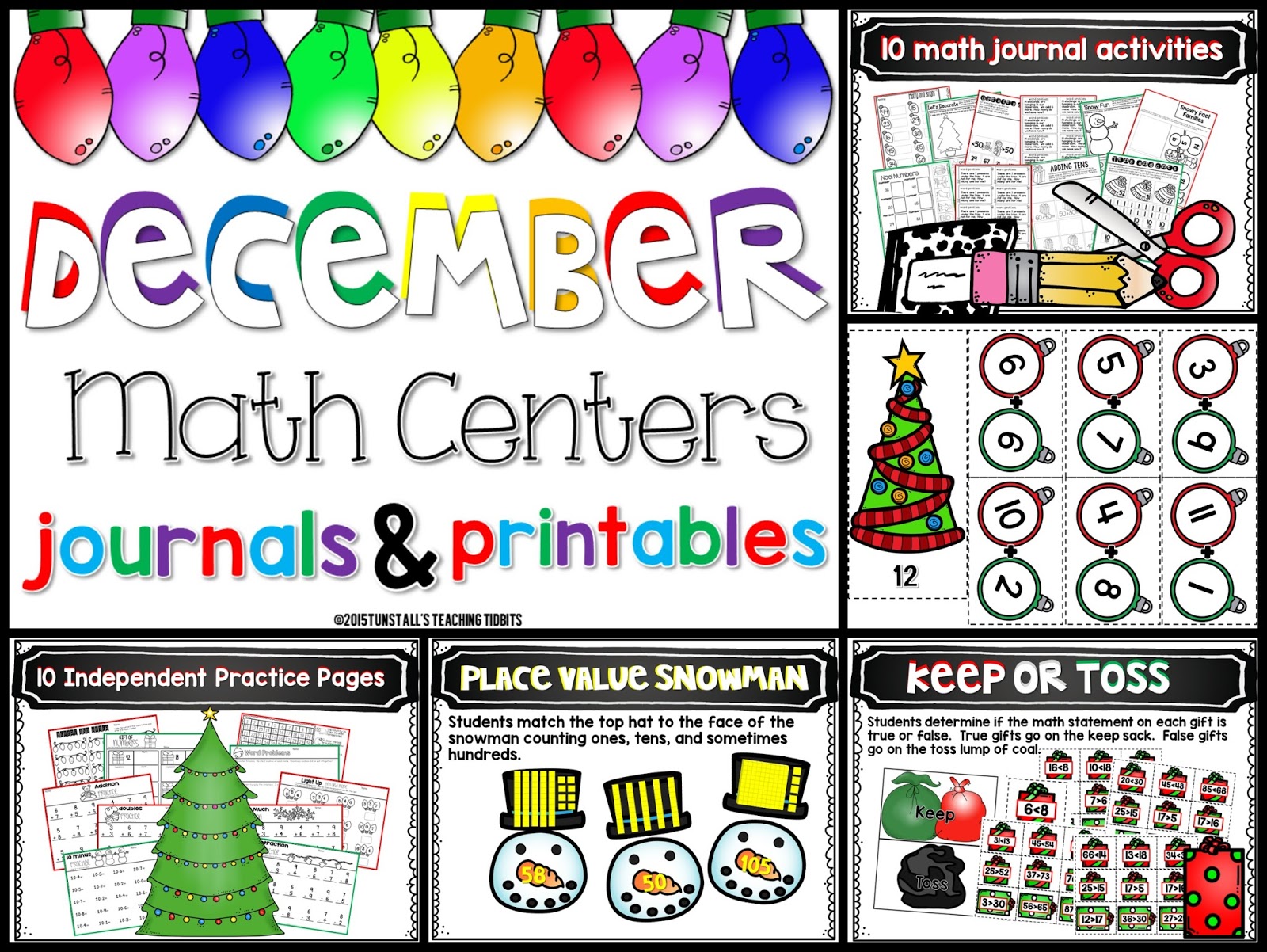

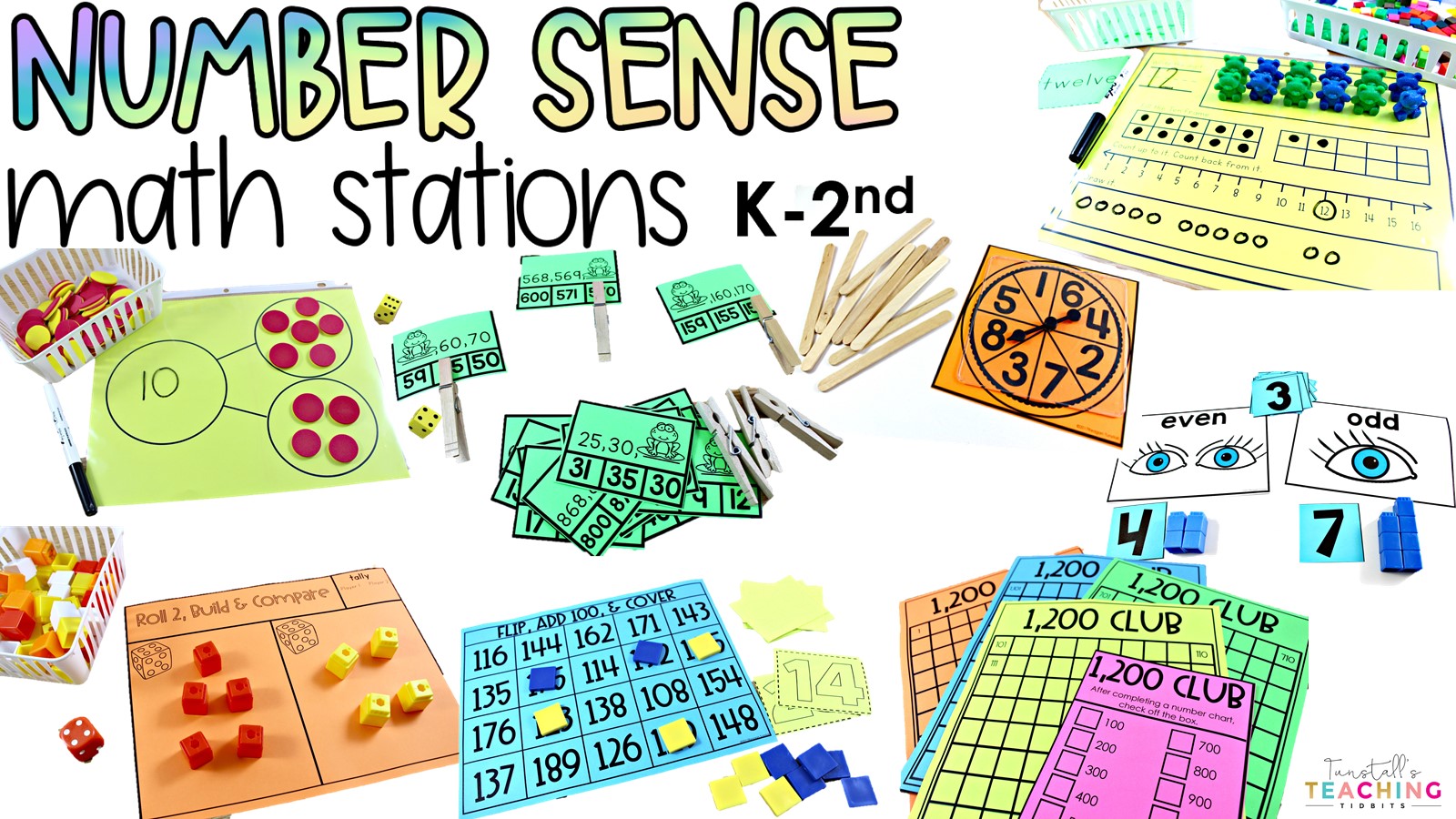
I am trying to find the Math warm ups for K
Thank you,
Here you go! https://www.teacherspayteachers.com/Product/Math-Warm-Ups-Kindergarten-3673077
Hi Reagan, Can you direct me to find a guided math curriculum with all components included. I would like to find something ready for fifth grade in which I don’t have to reinvent the wheel.
My 5th grade guided math resource will be out in November. I am working through the standards now. It will have the entire year laid out with every whole group and small group lesson as well as pre tests, weekly quizzes, and post tests. All lesson games, cards, and mats will also be included.
I was wondering if you use a specific math program (ex: Everyday Mathematics) or do you just do your own thing?
I created a complete standards based resource for all of the components. All of the pictures in the post are example lessons. If you click the resource guide in the blog post. (rainbow lettering) you will see a break down of the materials that I use for each grade level. 🙂
I cannot find the warm ups for 4th grade…. am I missing them somewhere? Thanks!
I tried to click on the Kindergarten Math Stations and it did not work. Is it still available?
Thank you! I purchased your guided math bundle for 2nd grade and plan to use some of it this year but we are tied to the Everyday Math program…It isn’t enough! Thanks! 🙂
I am interested in purchasing your 5th grade Guided Math Bundle in November. Could you please email me when it is finished. I also use Everyday Math and it is not enough.
However, I will only be able to do Guided Math on Tuesday’s and Thursday’s because we are expected to teach every lesson in Everyday Math.
Is this still possible with your unit?
Thanks
Hi Reagan,
Do you expect your 5th grade bundle to be available by Fall 2019?
Thanks
What app do you use to make these?